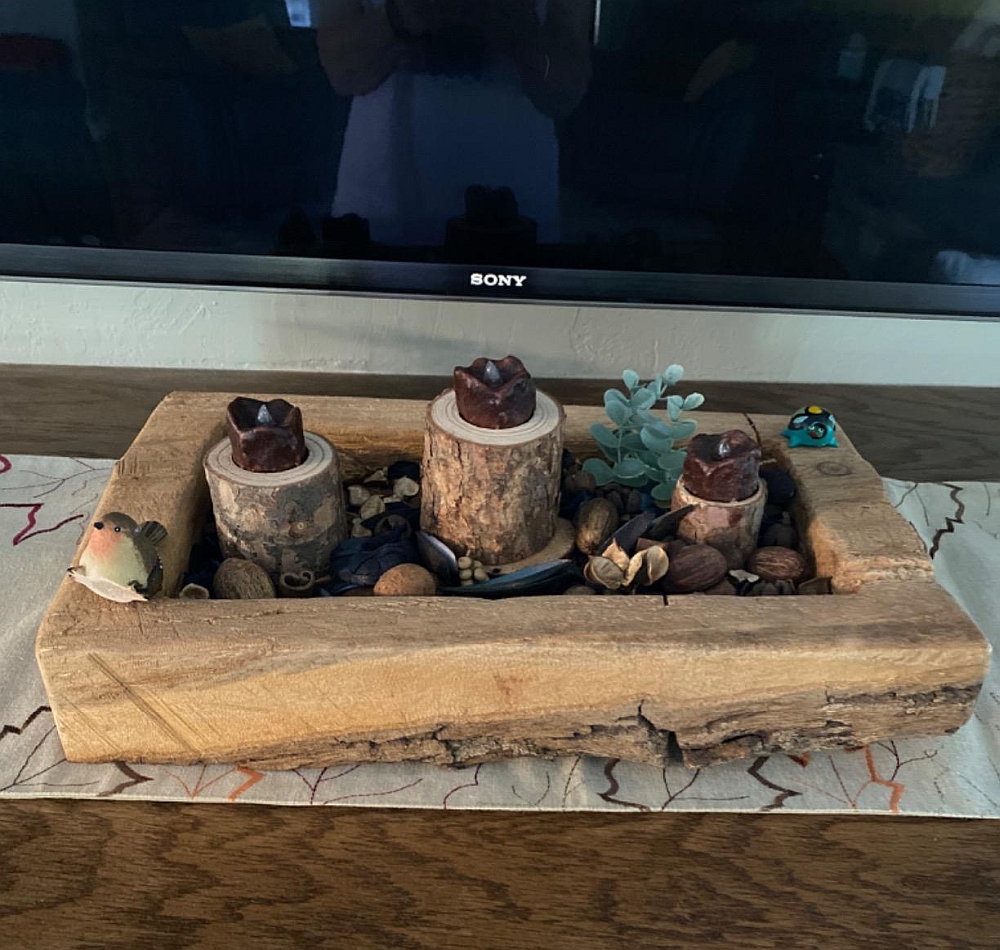
Unlocking the Power of Dado Blades: A Guide to Speeding Up Your Woodworking
Tired of painstakingly cutting intricate grooves for your woodworking projects? Enter the dado blade set, a powerhouse tool that simplifies complex cuts and accelerates your workflow. This comprehensive guide will delve into the intricacies of dado blades, covering their benefits, usage, and essential safety tips. Get ready to unlock the speed and precision of professional woodworking!
What are Dado Blades?
In essence, a dado blade set comprises multiple thin blades arranged in a circular pattern. These blades work in conjunction with a dado stack, a specialized piece of equipment designed to hold and secure the blades on a table saw. This setup enables the creation of wide, precisely sized grooves, known as dadoes, in your wood.
The Advantages of Using a Dado Blade Set
Dado blades offer several advantages over traditional woodworking methods, making them a favorite among seasoned craftspeople:
Precision and Accuracy
Forget about tedious and error-prone manual cuts. Dado blades provide exceptional accuracy, allowing you to create flawlessly aligned grooves that fit perfectly with your project's specifications. The precision of these blades ensures seamless joints, eliminating the need for messy sanding and adjustments.
Speed and Efficiency
Cutting through wood with a dado blade set is a breeze. The multiple blades work together to swiftly remove wood, saving you valuable time and effort. The efficiency of this method translates to faster project completion, allowing you to tackle more projects with ease.
Versatility
Dado blades aren't limited to creating grooves for shelving. Their versatility extends to a wide range of woodworking applications, including:
- Creating dado joints for furniture assembly
- Creating rabbets for framing projects
- Making grooves for decorative accents
- Cutting slots for drawer slides
With the right dado blades, you can tackle a vast array of woodworking tasks with precision and speed.
How to Use a Dado Blade Set: A Step-by-Step Guide
Before embarking on your dado cutting journey, familiarize yourself with these essential steps:
Setting Up Your Table Saw
1. Ensure your table saw is securely positioned and free from obstructions. 2. Carefully mount the dado stack to the table saw arbor. 3. Adjust the dado blade set to the desired width of your groove, using the dado stack's adjustment mechanism. 4. Make sure the dado blades are properly aligned and secured, avoiding any gaps or misalignments.
Cutting Your Dadoes
1. Align your workpiece with the fence on the table saw, ensuring a secure grip. 2. Make a shallow test cut to ensure the blade is cutting at the correct depth. 3. Slowly feed the wood through the dado blades, maintaining constant pressure and steady movement. 4. Repeat the process for multiple passes if necessary to achieve the desired groove depth.
Safety First: Essential Precautions
While dado blades offer a powerful tool, it's essential to prioritize safety:
- Always wear appropriate safety gear, including eye protection, hearing protection, and dust masks.
- Keep your fingers away from the blade, using push sticks or a featherboard for guidance.
- Avoid using dado blades for crosscutting, as this can lead to kickback and serious injuries.
- Regularly check the blades for wear and tear, replacing them when necessary to prevent accidents.
By adhering to these safety guidelines, you can enjoy the benefits of dado blades while minimizing risks.
Choosing the Right Dado Blade Set
To find the perfect dado blade set for your woodworking needs, consider the following factors:
- Blade Diameter: This determines the maximum width of dadoes you can create. Choose a diameter suitable for your table saw and the types of grooves you plan to cut.
- Blade Thickness: Thicker blades provide greater stability and accuracy, while thinner blades offer flexibility for intricate cuts.
- Blade Material: High-quality carbide blades offer exceptional durability and sharpness, making them ideal for demanding tasks.
- Number of Blades: The more blades in a set, the wider the dadoes you can cut. Consider your project requirements and the capabilities of your table saw.
Conclusion
Investing in a dado blade set is a wise decision for any woodworker seeking to boost their efficiency and precision. By understanding the basics of dado blade usage, safety precautions, and selecting the right set for your needs, you'll unleash the power of this valuable tool and elevate your woodworking skills to new heights.
















